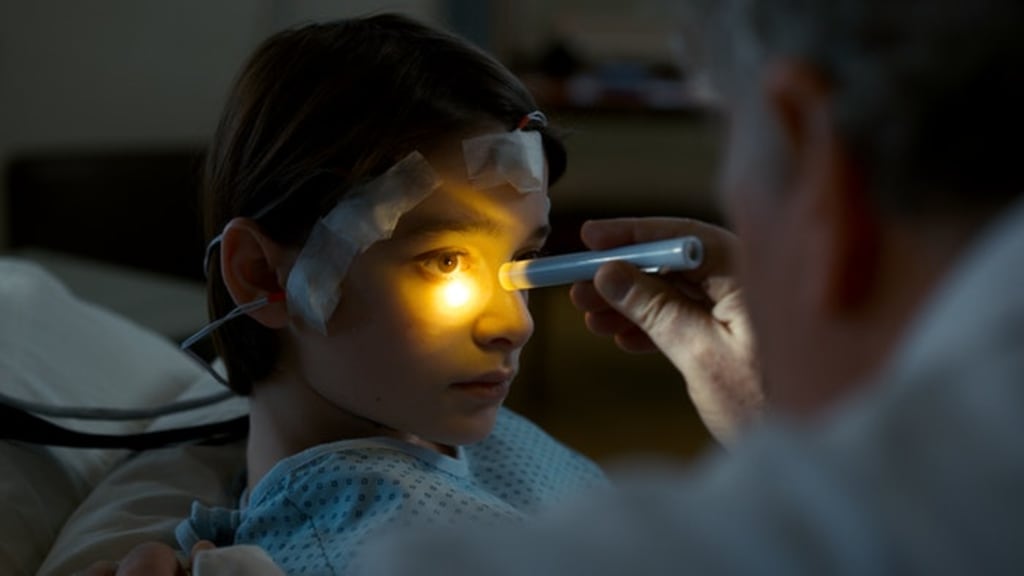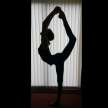Is Will's Character Dynamic A Metaphor For The Upside Down In 'Stranger Things'?
If you thought Netflix's Stranger Things couldn't get any bigger, Season 2 just proved you wrong.

If you thought Netflix's Stranger Things couldn't get any bigger, Season 2 just proved you wrong. Critically acclaimed and loved by fans, it arguably topped Season 1 and established itself as one of the best shows of 2017. Among the show's many stand-out qualities was the Duffer Brothers' fearless approach to refreshing the structure of Stranger Things. If we look deeper into this, there's more going on than simply reinventing the wheel. The Duffer Brothers effectively created a metaphor for the Upside Down when they inverted the Season 1 format for Will's character. By looking at this interlocking of concept and structure, we can better understand Will's character development, as well as gain insight as to what Stranger Things Season 3 might look like.
Will's Character Dynamic
One of the hottest talking points of Season 2 is Noah Schnapp's outstanding performance as Will Byres. The young actor delivered mesmerizing performances, engaging us in his character's trauma and convincingly acts the changes Will undergoes throughout Season 2. It's easy to forget how little screen time he had in Season 1.
In the first season, the Will was pivotal to the story, but we actually saw very little of him. The focus was on his disappearance and the other characters' determination to find and rescue him. This time, we get to experience things from his perspective — at the start of Season 2, he's trying to recover from his ordeal in the Upside Down and put the past behind him. However, he soon discovers that his experience with the parallel world is far from over, and becomes possessed by the 'Mind Flayer' in this stand-out scene.

'Stranger Things' [Credit: Netflix]
Once again, Will was integral to the show's plot and his rescue key to the season's finale, but with a completely different dynamic. In Season 1, Will was in the Upside Down; Season 2 featured the Upside Down inside Will, turning the previous format on its head.
A Metaphor For The Upside Down?
Was this more than simply keeping the show fresh and unpredictable? Essentially, by turning the format for Will's character "upside down," the Duffer Brothers illustrate a key aspect of the show.
The show's creators have revealed that they wanted to experiment, stating to Variety that Season 2 is structurally different to the first. A defining aspect of Stranger Things is how it succeeds in being both original and inspired — what if their own concept influenced the show just as much as the '80s classics that are intrinsic throughout?
Was the dynamic of Will's character an inevitable succession of his story? Or a metaphor for the Upside Down? When the creators are as conscious, reflective and imaginative as the Duffer Brothers, this added complexity doesn't seem unrealistic.
What Might This Mean For Season 3?
If the Duffer Brothers used the dynamic of Will's character as a metaphor for the Upside Down, this could be more than a point of note. The Upside Down is the base upon which Stranger Things is founded, so using the structure and dynamic of the show as a metaphor for it could be a constant throughout the following seasons.
The last frame of Season 2 inverted our view to reveal the Upside Down: a complete replica of Hawkins, but desolate, decaying and inhabited by monsters. The Mind Flayer looms menacingly over the high school where all our favorite characters are.

The Illithid — or 'Mind Flayer' — over Hawkins High School. [Credit: Netflix]
It seems then that the threat is already established for Season 3. But what if this last scene indicates something more? In Season 1, we discovered that the Upside Down was a parallel universe, but how it existed alongside the "real" Stranger Things world wasn't explained. Was it a co-existent dimension? How did it correspond to the real world? In Season 2, it was revealed to be a direct inversion of reality below the surface of the primary character's dimension.
This entwined existence of dimensions could illustrate the interlocking of concept and structure — which could indicate that the whole format of the show will be turned on it's head. This presents the theory that almost the entire third season will be predominantly set in the Upside Down. This would continue Stranger Things' trend of becoming "bigger, scarier, darker," with every season, and would provide the Duffer Brothers with the perfect excuse to up the ante with the scares, shocks and monsters.
(Source: Variety)
About the Creator
Rebecca Keane
Arts student. Aspiring writer. Avid reader. Film and TV show enthusiast. Follow me on twitter @RebeccaK1178






Comments
There are no comments for this story
Be the first to respond and start the conversation.